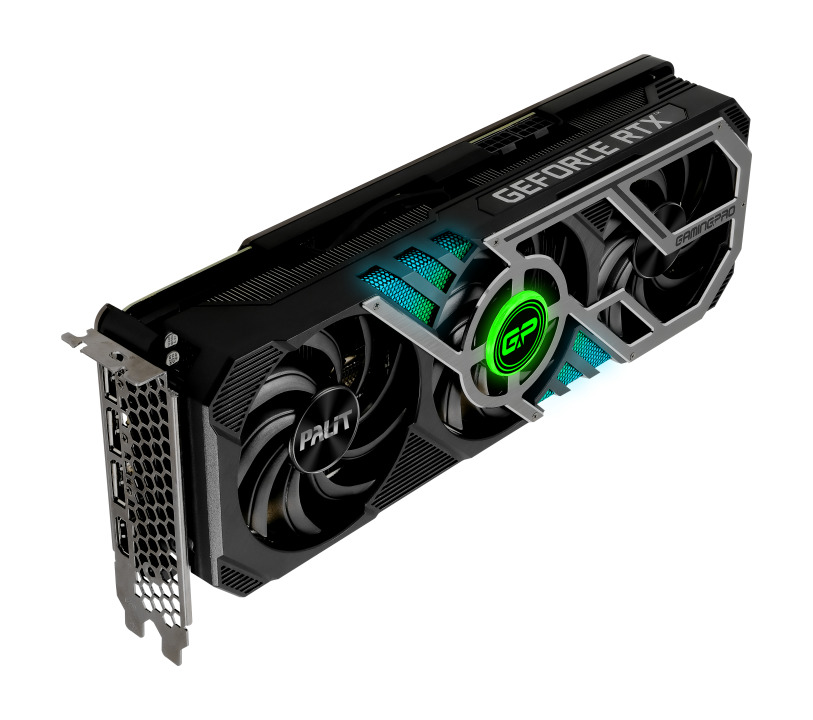
In addition, NVIDIA's new RTX Blade servers in fact will be comprised of some 40 GPUs capable of real-time ray tracing effects, as well as other leading-edge graphics technologies of NVIDIA’s Turing architecture. Meanwhile, NVIDIA has already been powering 15 of its own data centers across the US and Europe, with servers that will now be driven by its powerful data center-class RTX GPUs. Microsoft’s approach sounds a little kludgy but does speak to platform compatibility for existing Xbox game titles, with confirmed plans of deploying custom server blades, powered by a quartet of stripped-down Xbox consoles, across Azure data centers.

Google highlights that Stadia will be powered by custom AMD GPU-powered servers and that GPU appears to be an amped-up Vega 56 variant for now, with a 16GB HBM2 memory complement. In fact, with a platform install base of Xbox consoles to stream from, Microsoft could be the real competition for NVIDIA, promising “no additional work” for devs, while Google strives to evangelize an entirely new ecosystem of Linux-based game development.Ĭurrent platform announcements from Google and Microsoft vary greatly. Meanwhile, Microsoft has lots of experience with developing AAA titles on its own, with hit franchises like Gears of War, Halo and Forza under its belt. Though partnerships with Ubisoft, id Software and Q-Games have been announced, no additional game titles have been disclosed as of yet, but again we could hear more coming out of I/O. However, it’s clear content will be the almighty Goog’s big challenge, with its own Stadia Games and Entertainment studio in fledgling startup mode, lead by former Ubisoft and Electronic Arts exec, Jade Raymond. Though Google was showcasing Assassin’s Creed on Stadia at GDC 2019, we’ll likely hear more about Stadia platform content at Google I/O this week. In these areas, NVIDIA currently has a distinct advantage but let’s look at them individually.Ĭloud Gaming User Subscriptions Will Follow The Content There are two primary areas of execution in this arena that need to be delivered on for any competitor in the game – first, content will be king, closely seconded only by infrastructure technologies to deliver a quality experience with low latency and good frame rates. That might sound like a limited scope of availability in the grand scheme but we can say for sure it’s a lot bigger than the zero install base of Google and Microsoft currently, though without question competition is mounting.


NVIDIA GeForce NOW is currently available in beta trials in North America and Europe, with 300,000 active gamers currently on the platform and a waiting list of over 1 million signed-up. However, the company is also squarely positioned in the data center for machine learning, HPC and yes, cloud game streaming services. NVIDIA may be most recognizable for its discrete GPU products for PC gaming. NVIDIA announced its GeForce NOW cloud gaming service back in 2015, though the company has been offering similar SAAS (Software As A Service) products even before that, with its GRID virtual platform ecosystem.


 0 kommentar(er)
0 kommentar(er)
